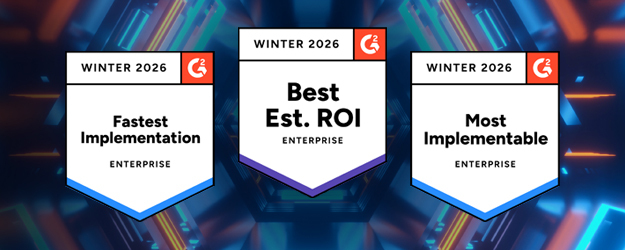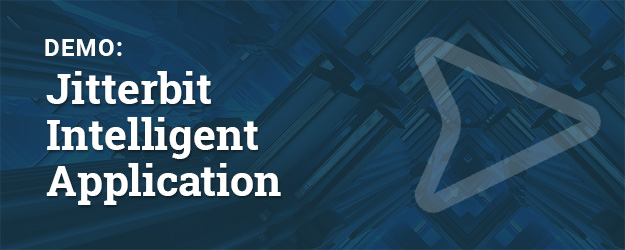Gartner’s latest analysis shows the low-code application platform (LCAP) market is expanding fast, with a projected 16.3% compound annual growth rate (CAGR). At this pace, the market is expected to reach $16.5 billion by 2027.
However, the same report found that many of the existing platforms in this market lack key features expected at the enterprise level, like generative AI or a robust catalog of pre-built connectors, APIs and templates. These gaps in functionality, along with the strict security and scalability standards modern enterprises require, mean choosing a low-code development platform is no simple task.
As a player in the enterprise LCAP market, we understand that there are no one-size-fits-all solutions. That’s why we’ve put together this guide comparing six of the best low-code application development platforms to help you find the right fit for your unique business needs.
Best App Builder Platforms at a Glance
While all of the low-code application development platforms in this guide are designed for enterprise use, they each have different strengths. Here’s a quick look at what each LCAP does best:
| Jitterbit | Best for unified app development and integration |
| OutSystems & Mendix | Best for boosting developer productivity |
| Appian | Best for rapid development of small apps |
| Quickbase | Best for collaborative app development |
| Salesforce Platform | Best for Salesforce-based app creation |
What to Look for in an Application Development Platform
Low-code platforms speed up application development by reducing the need for extensive coding, allowing businesses to build and deploy apps with minimal technical expertise. But for enterprises that do have dedicated developer and IT resources, many low-code tools fail to provide the level of customization and control that traditional app development offers. In addition to limiting the platform’s ability to meet specific business needs, the restrictiveness and lack of flexibility found in some low-code platforms may lead developers to resist using it altogether.
The key for organizations looking to invest in a low-code app development tool is to find the right balance of speed, flexibility and long-term scalability that works for both business leaders and technical teams.
| If you need to: | Look for a low-code app builder with: |
|---|---|
| Build simple applications quickly without technical expertise | An intuitive drag-and-drop interface |
| Connect your applications with existing business systems | A built-in integration platform/pre-built API connectors |
| Create more complex apps to meet specific business needs | Custom code integration and flexible API access |
| Build apps that perform well across global markets | Cloud-native architecture and built-in international compliance |
| Protect sensitive information stored in customer-facing apps | Built-in enterprise-grade security features and compliance |
| Handle large volumes of app data/traffic | Auto-scaling capabilities and support for both vertical and horizontal scaling |



